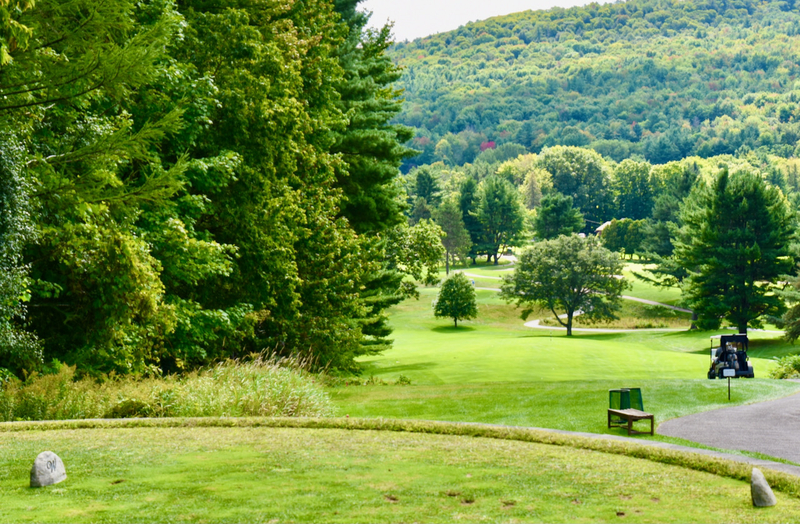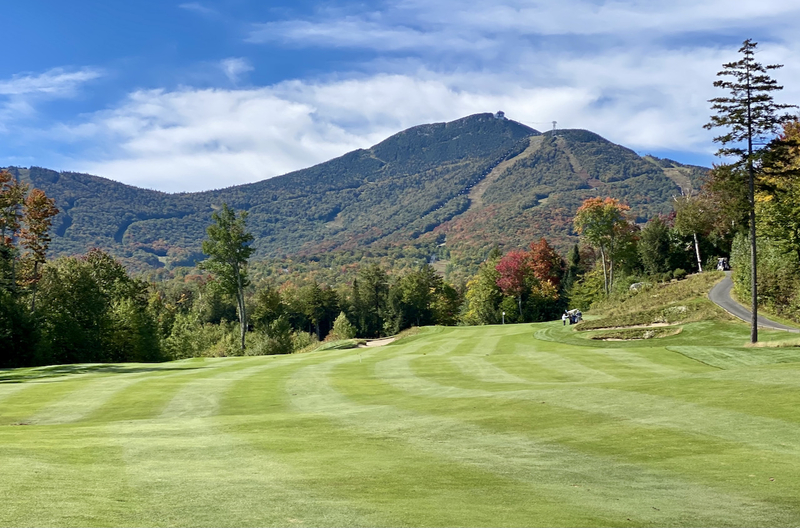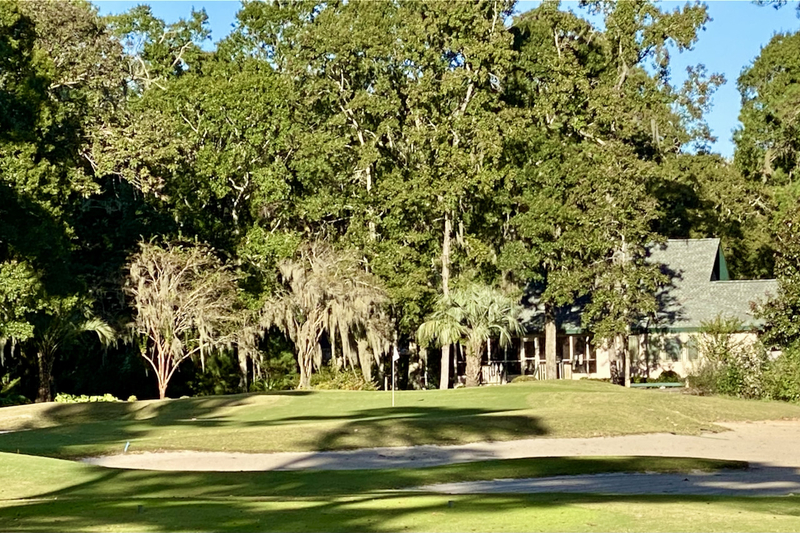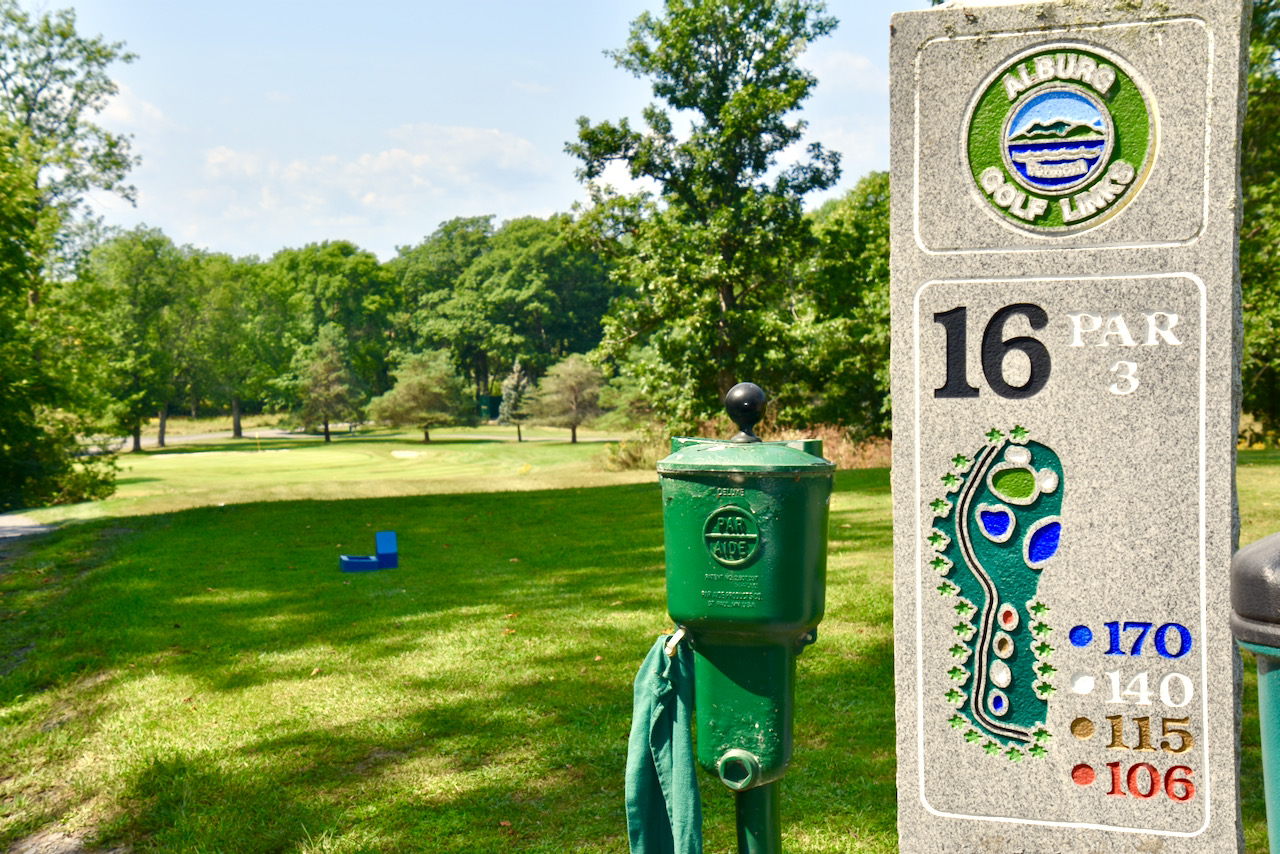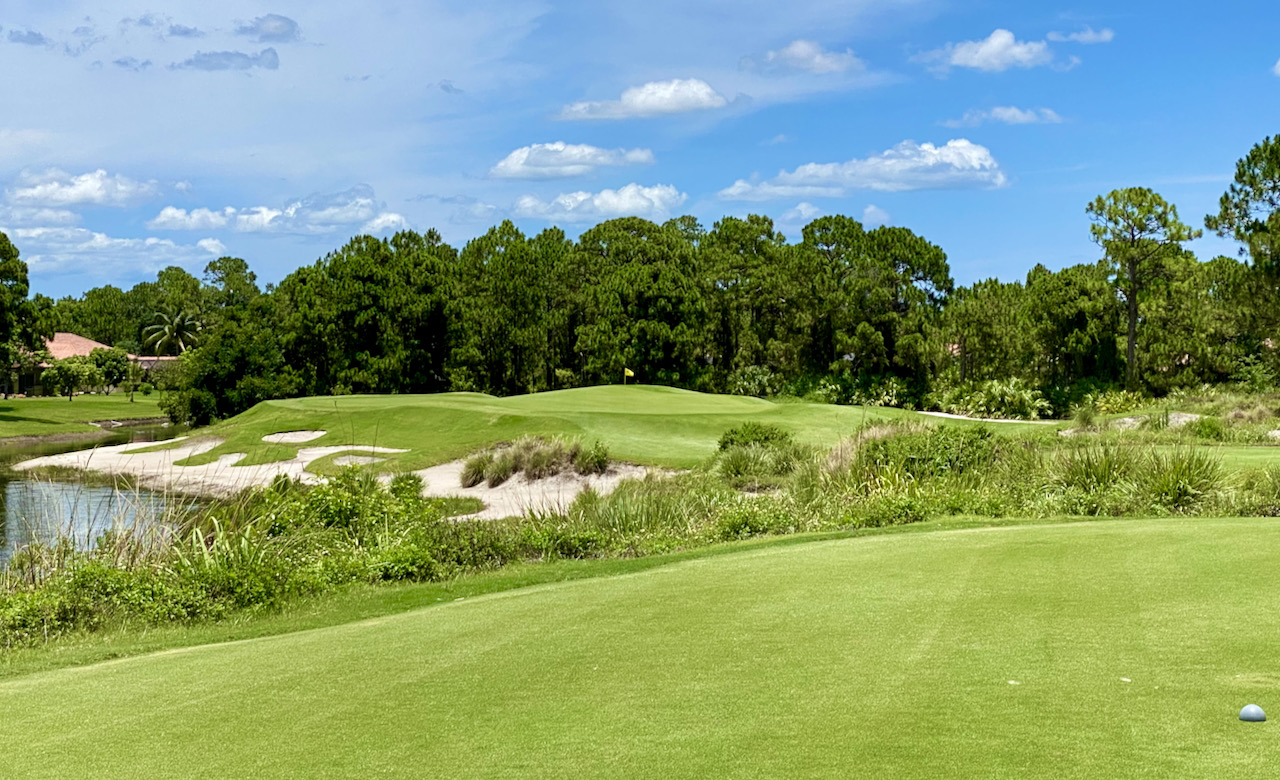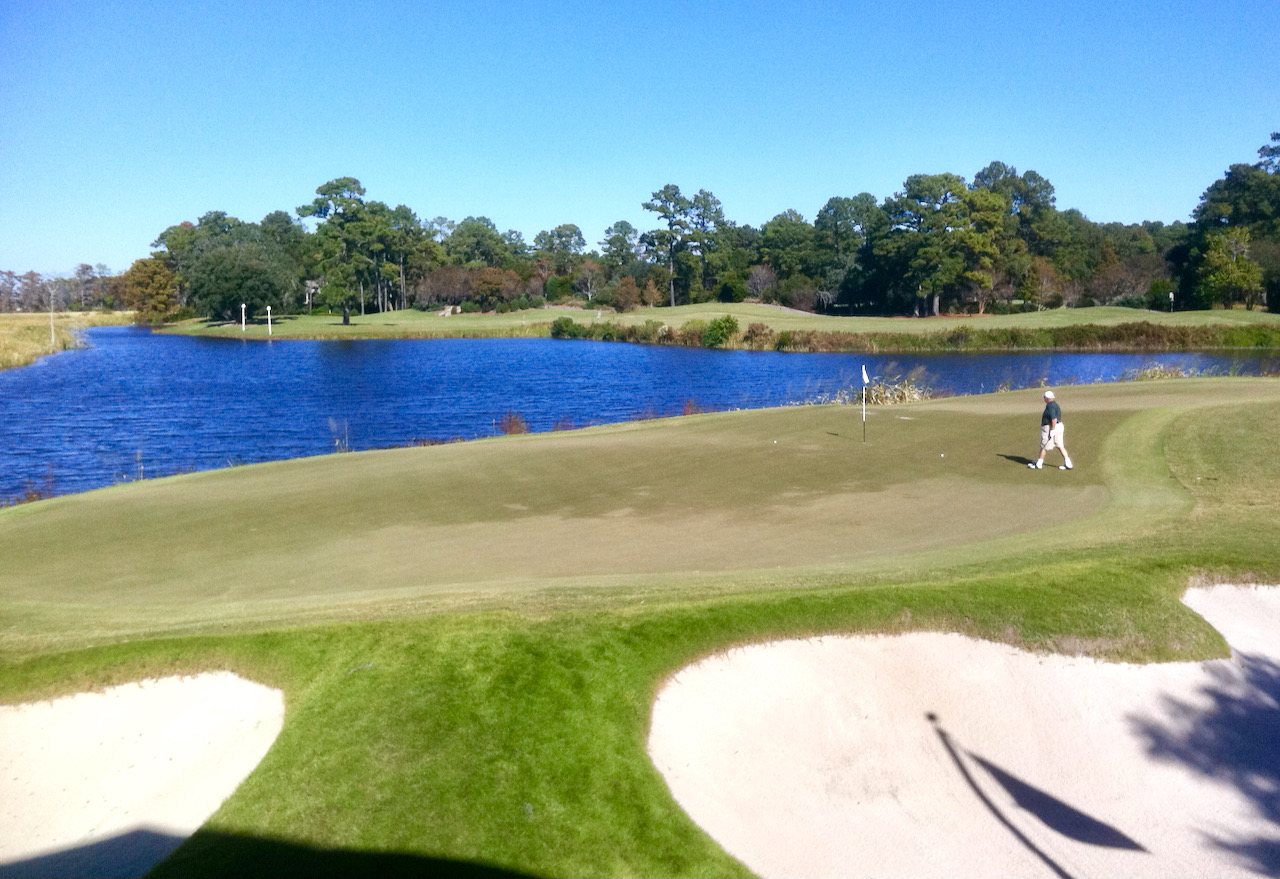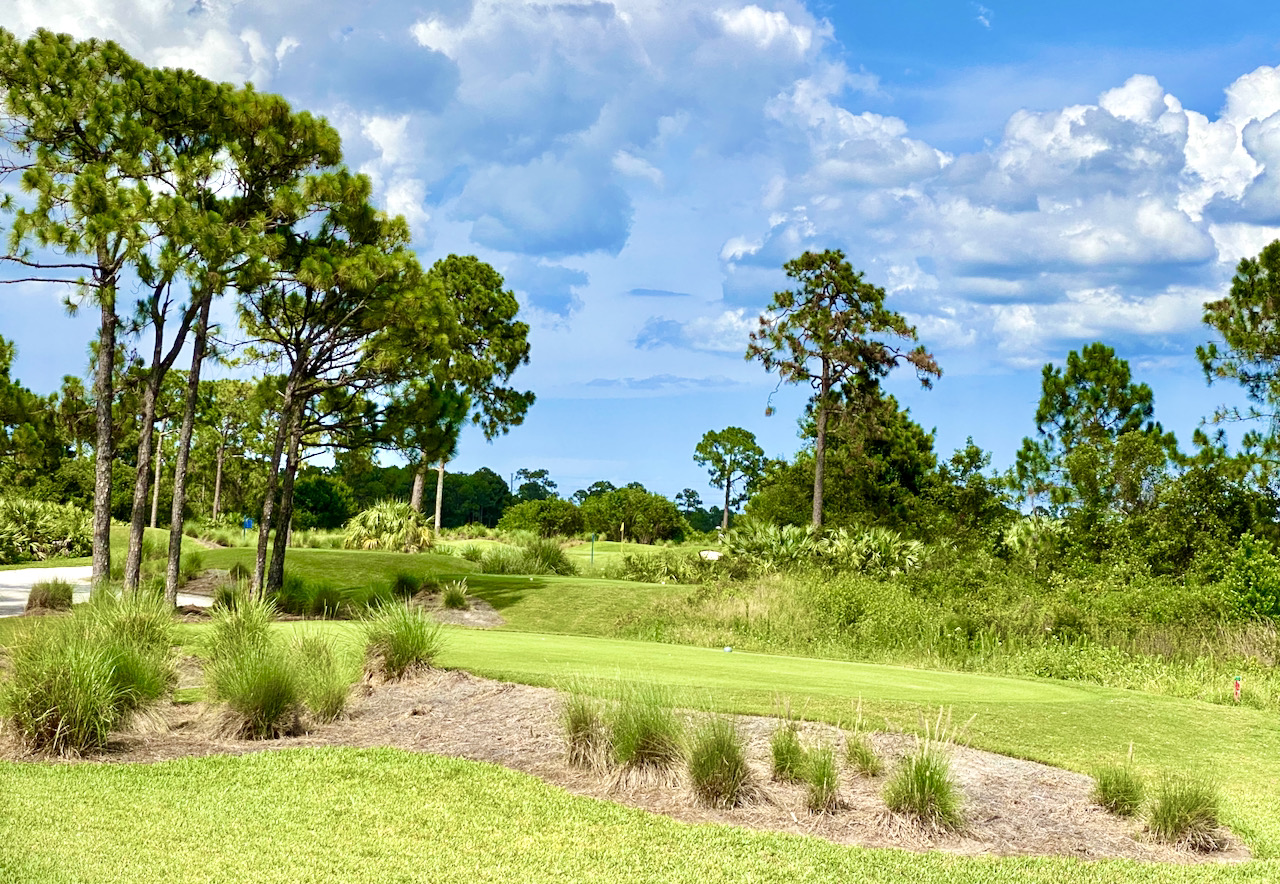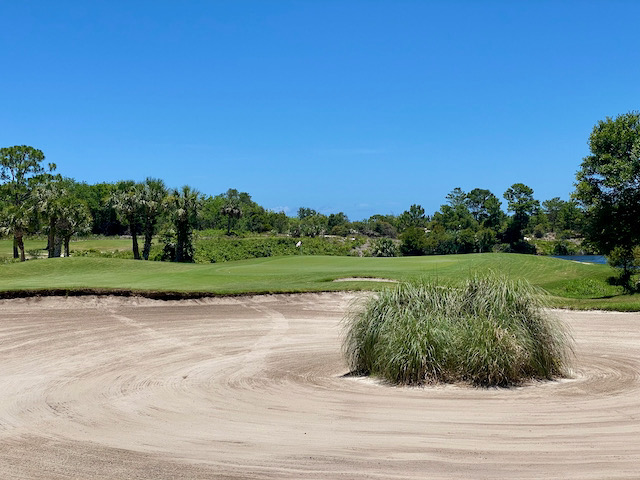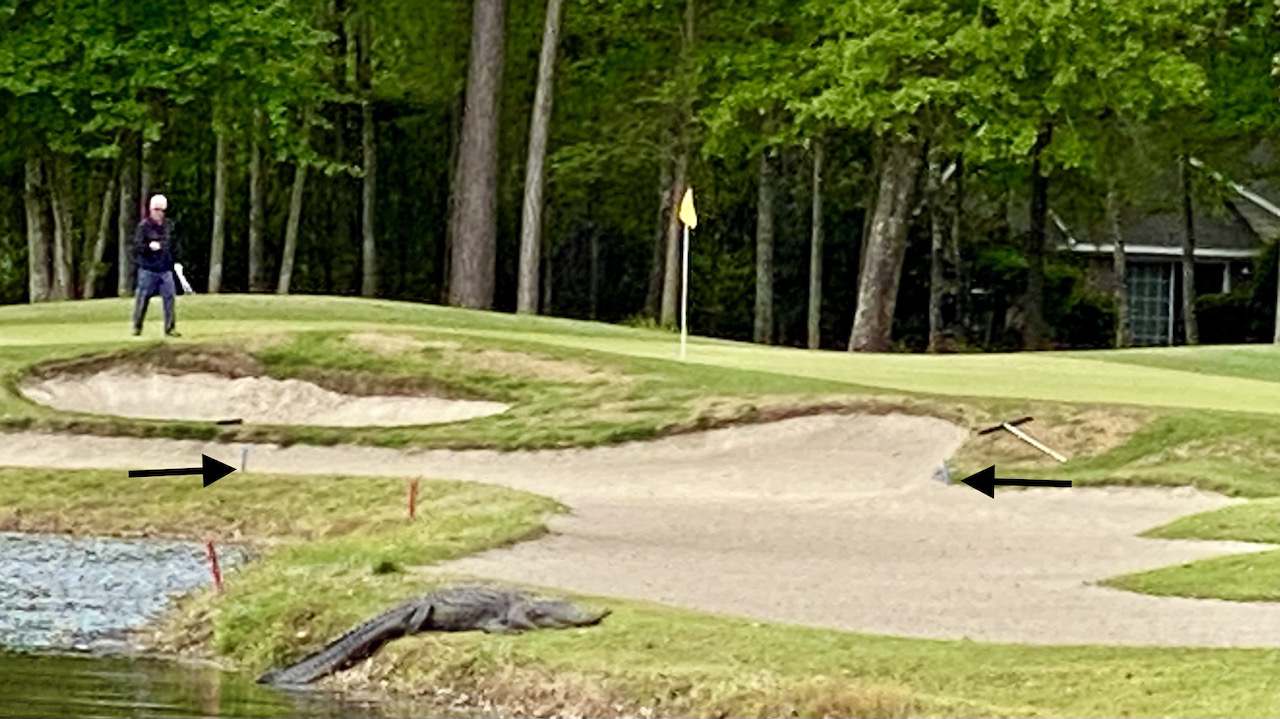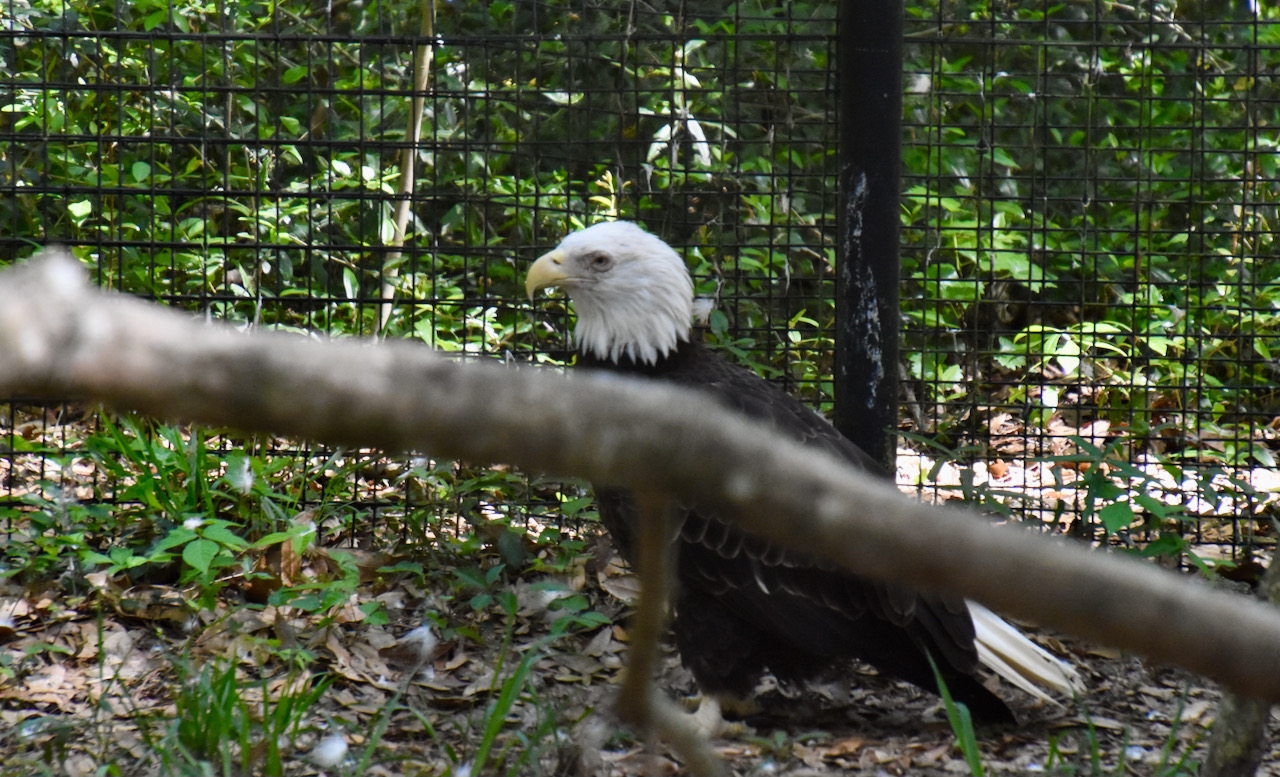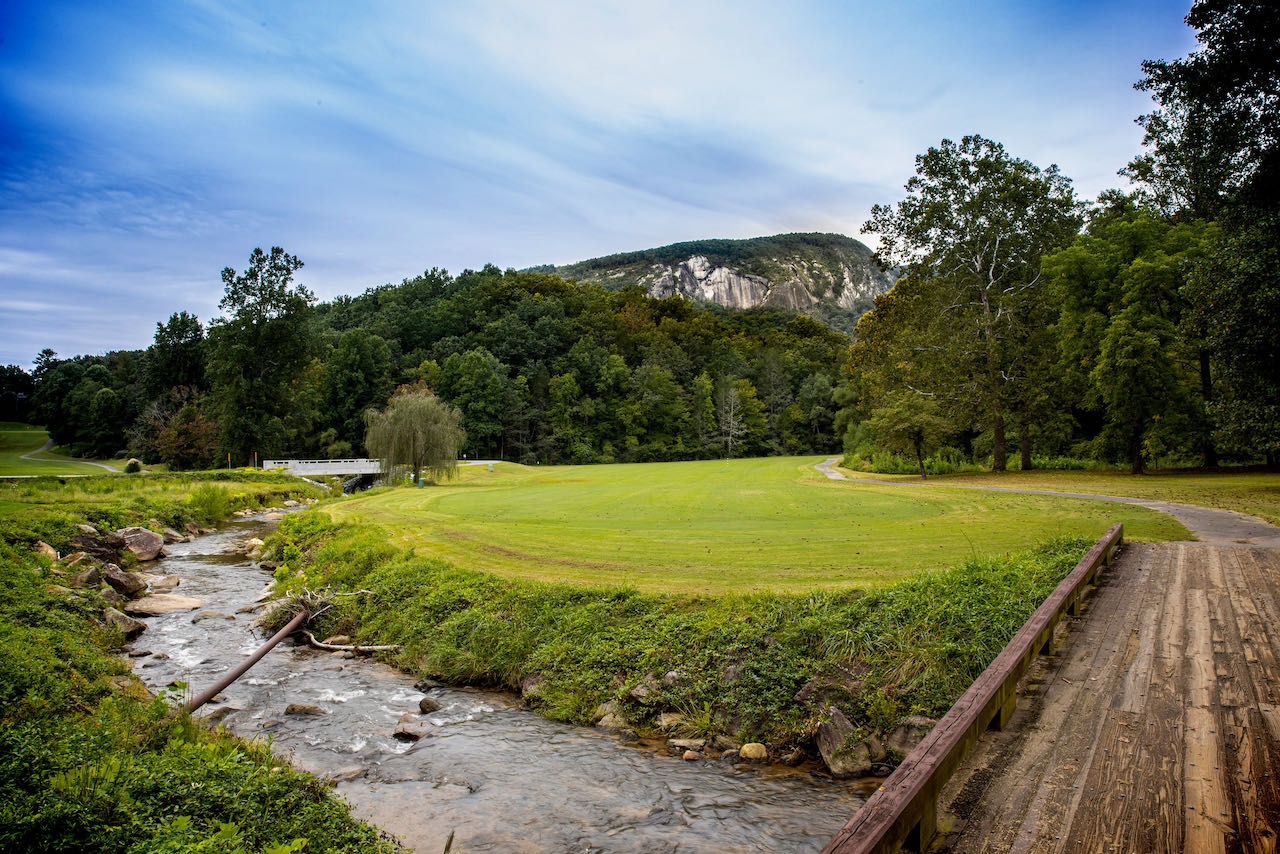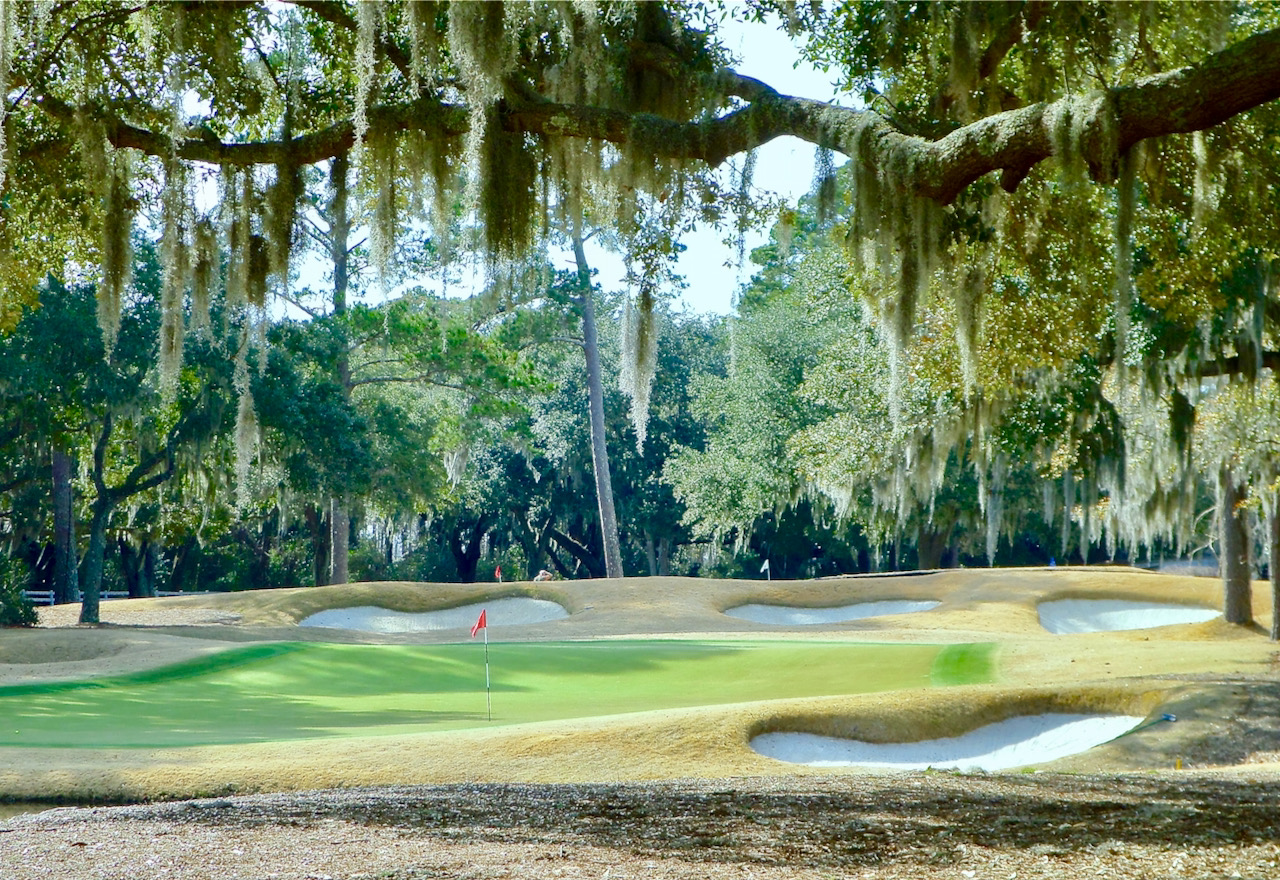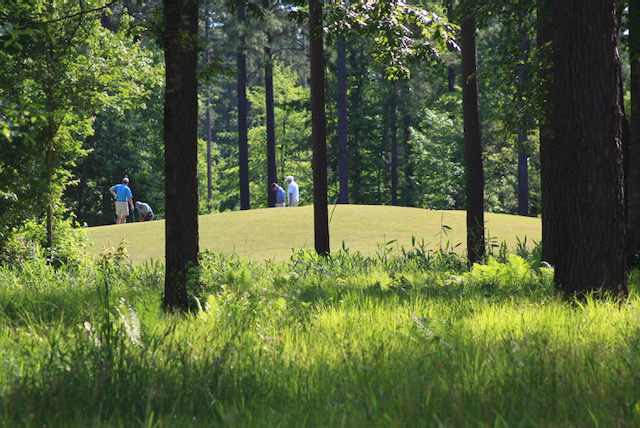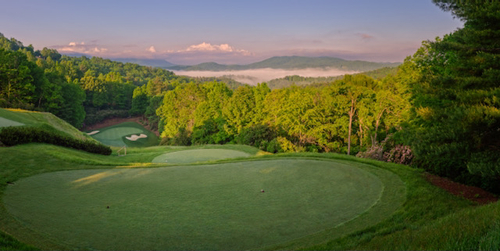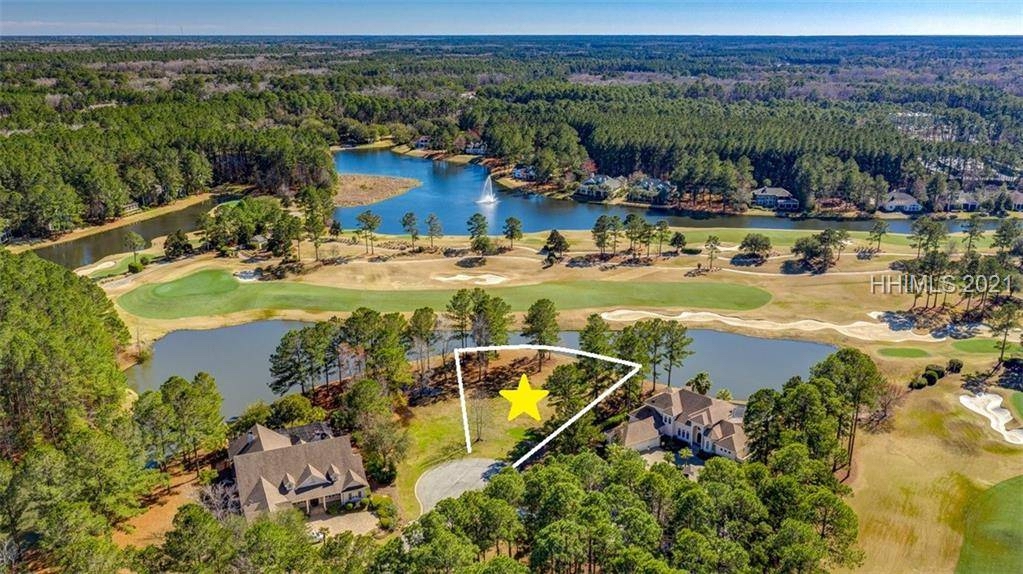Florida golf communities have long been a major destination for retirees looking for a warm climate and lots to do. But perhaps because the weather makes most septuagenarians hermits in the long hot summers, and because the stereotyped activities of shuffleboard and sitting by the pool don’t exactly get the heart rate going, the Sunshine State hasn’t been associated with the notion of life longevity.
But a recent article in USNews & World Report indicated that you can live an especially long life in or around Naples, FL. According to the magazine’s online article titled “Retirement Places that Promote Longevity,” men live an average of 80 years in Collier County, which extends mostly east from the city of Naples, and women a robust 84.6 years. That gives Collier County the distinction of providing the third longest life expectancy for women in the nation, behind just Marin County, CA (85 years) and Montgomery County, MD (84.9). USN&WR indicates Marin County females report the highest rate of physical activity in the nation.
After golf at Mediterra, relax with a game of bocce and a libation at the adjoining bar.
There are plenty of opportunities for physical activity in the best golf communities in Naples. With very un-Naples like prices and a fine 27 holes of golf by Gordon Lewis, Heritage Bay makes sense for either year-round or seasonal residents. Two-bedroom, two-bath resale condos start well under $200,000, and the community’s respected national builder, Lennar, throws in golf membership with the purchase of any of their new units (but, of course, you are on the hook for monthly dues, which are not burdensome). For those who want something a bit more substantial, single-family homes that are larger than 3,000 square feet, are priced in the low $500s. One unique aspect of the golf course that takes a little getting used to is the “aqua” practice facility, where the fly-shorter golf balls are purposely hit into the water.









